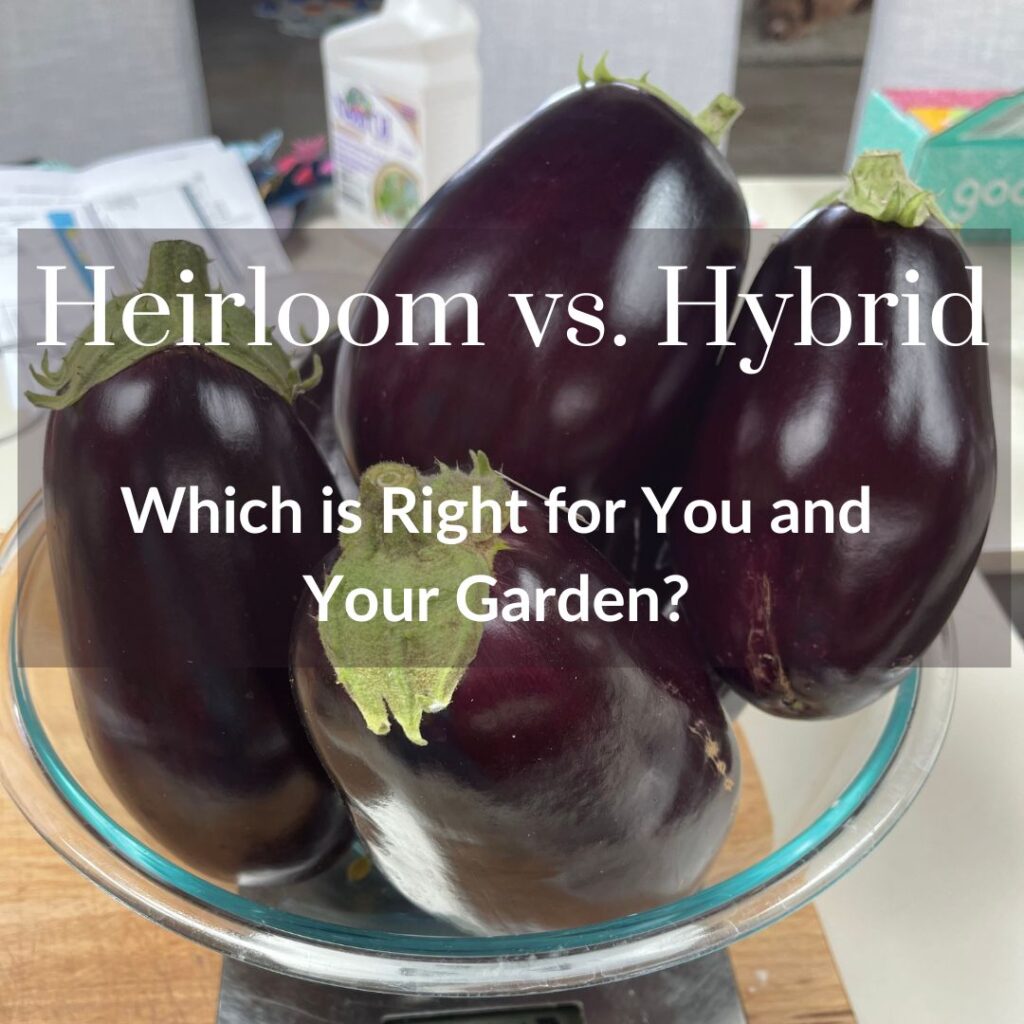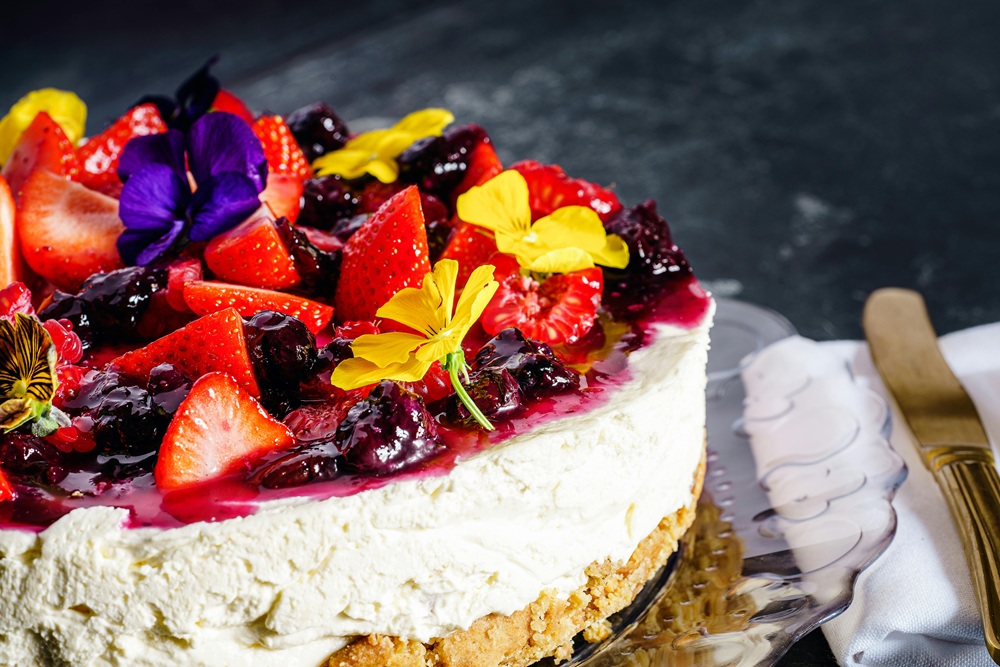When it comes to starting a garden, one of the first decisions you’ll face is whether to plant heirloom or hybrid seeds. Both have their unique benefits and drawbacks, and understanding the differences can help you make the best choice for your gardening goals. Whether you’re a seasoned gardener or just starting out, this guide will break down everything you need to know about heirloom and hybrid seeds, including how to evaluate your garden results and conduct taste tests to determine which seeds to grow again.
What Are Heirloom Seeds?
Heirloom seeds are open-pollinated varieties (pollinated by birds, the wind, or other natural means) that have been passed down through generations, often for 50 years or more. They are cherished for their historical significance, unique flavors, and genetic diversity. These seeds were often originally grown in small, isolated communities, allowing them to retain their original traits over time. This also means that seeds planted from an heirloom vegetable will produce true-to-type offspring.
True-to-type is when two plants from the same species are pollinated and the saved seeds from those vegetables produce the same traits as the parent plants.
Pros of Heirloom Seeds:
Flavor: Heirlooms are known for their exceptional taste and variety. Many gardeners swear by the rich, complex flavors of heirloom tomatoes, peppers, and other vegetables.
Genetic Diversity: They help preserve biodiversity and rare plant varieties, which is crucial for maintaining a resilient food system.
Seed Saving: You can save seeds from heirloom plants and grow them year after year, ensuring a sustainable garden.
History: Each heirloom variety has a story, connecting you to gardening traditions of the past. For example, the Cherokee Purple tomato was originally grown by the Cherokee tribe of Native Americans and passed down through families until it was “discovered” and made popular in 1990. Read the full story here.
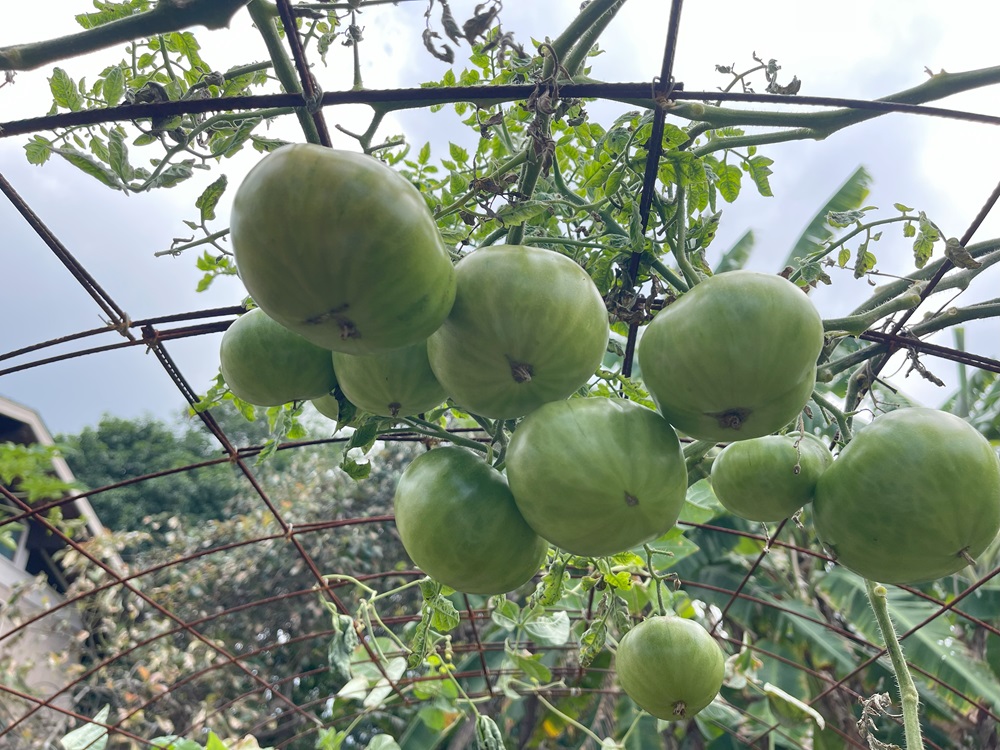
Cons of Heirloom Seeds:
Less Disease Resistance: They may be more susceptible to pests and diseases, requiring more care and attention.
Lower Yields: Heirlooms often produce less than hybrids, which can be a drawback if you’re growing for a large family or market.
Inconsistent Growth: Plants may vary in size and productivity, making them less predictable than hybrids.

What Are Hybrid Seeds?
Hybrid seeds are created by cross-pollinating two different parent plants to produce offspring with specific desirable traits, such as disease resistance, higher yields, or uniformity. This process is often done manually to ensure the desired characteristics are passed on.
Pros of Hybrid Seeds:
Disease Resistance: Hybrids are often bred to resist common pests and diseases, reducing the need for chemical treatments.
Higher Yields: They tend to produce more fruit or vegetables per plant, making them ideal for gardeners with limited space.
Uniformity: Plants and produce are more consistent in size and appearance, which is especially useful for market gardeners.
Adaptability: Hybrids can be tailored to thrive in specific climates or conditions, such as drought-prone areas or regions with short growing seasons.
Cons of Hybrid Seeds:
Seed Saving: Seeds from hybrid plants won’t produce true-to-type plants in the next generation. This means you’ll need to buy new seeds each year.
Flavor: Some hybrids prioritize yield and durability over taste, though many modern hybrids are bred with flavor in mind.
Cost: Hybrid seeds are often more expensive than heirlooms due to the specialized breeding process.
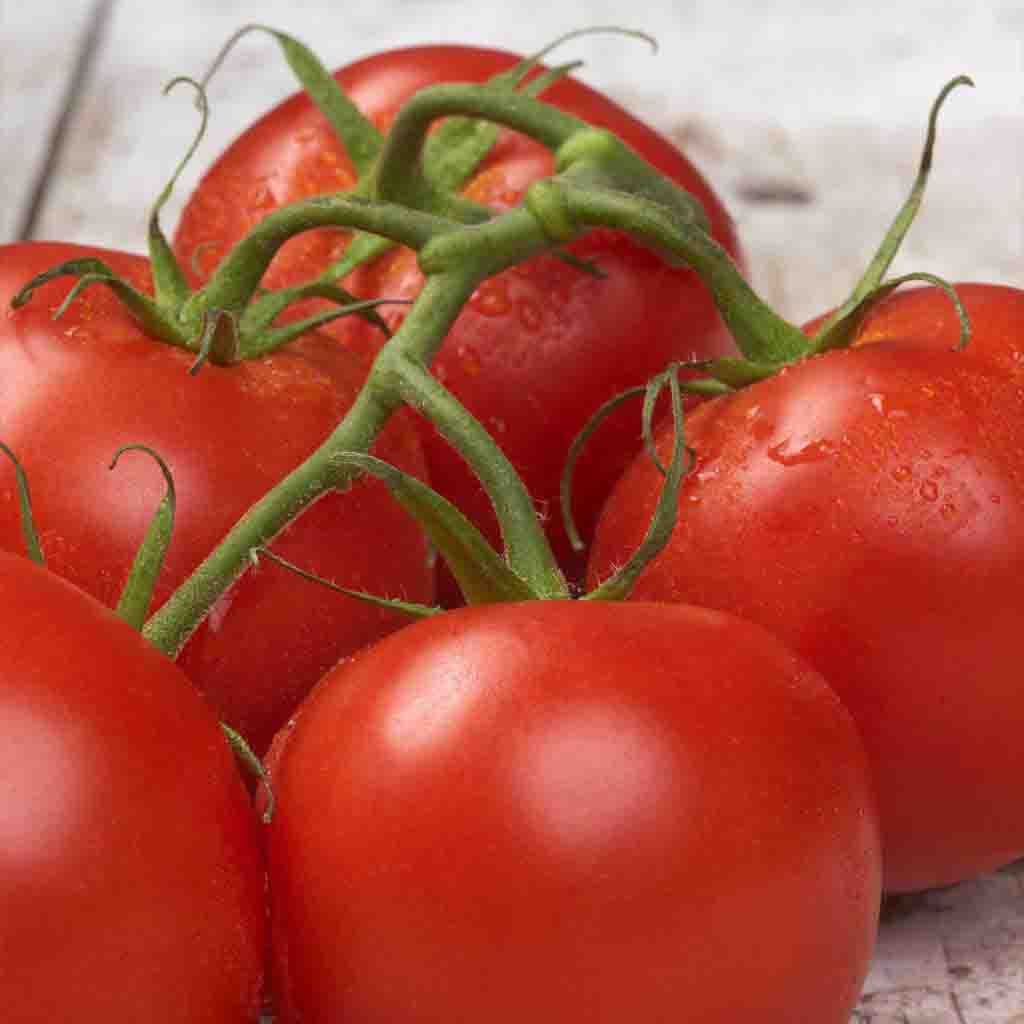
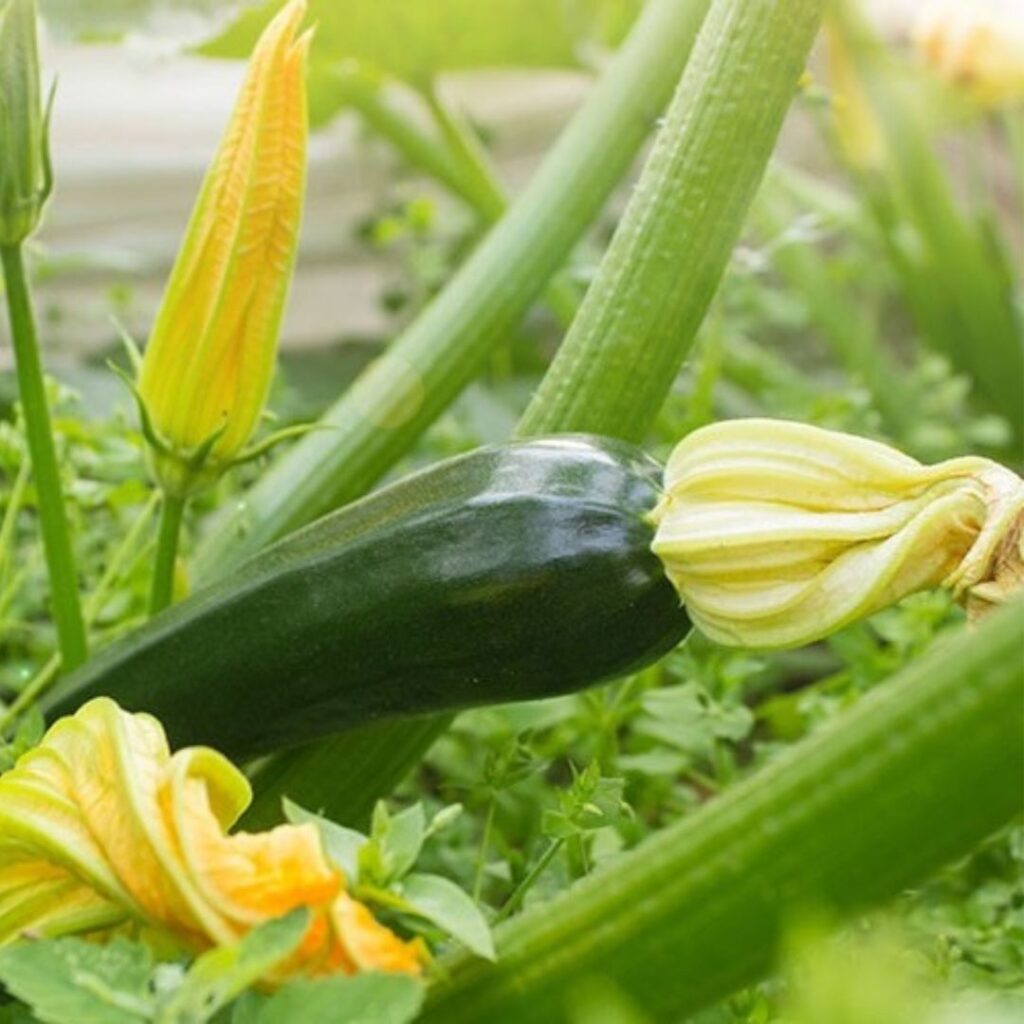
How to Choose Between Heirloom and Hybrid Seeds
The choice between heirloom and hybrid seeds depends on your gardening goals. Consider each type of plant you plan to grow and which characteristics are most important:
Choose Heirloom Seeds If:
You value flavor and unique varieties.
You want to save seeds and grow the same plants year after year.
You’re passionate about preserving biodiversity and gardening heritage.
Choose Hybrid Seeds If:
You need plants that are disease-resistant and high-yielding.
You’re growing in challenging conditions or limited space.
You prefer uniformity in size and appearance for market or aesthetic purposes.
And almost everyone wants ALL of these things! It’s completely fine to mix and match and try both heirlooms and hybrids at the same time. In fact, it can be a good gardening practice, as variety can help improve harvests. Variety is especially important if a specific pest decimates one variety of plant and leaves another alone. Or when weather becomes less and less predictable.
Tips for Growing Both Heirloom and Hybrid Seeds
Start Small: Experiment with a mix of heirloom and hybrid seeds to see what works best in your garden.
Read Labels: Check seed packets for information on growth habits, disease resistance, and harvest times.
Rotate Crops: Prevent soil depletion and disease buildup by rotating where you plant each type of seed.
Save Seeds: If you grow heirlooms, learn how to properly save and store seeds for future planting.

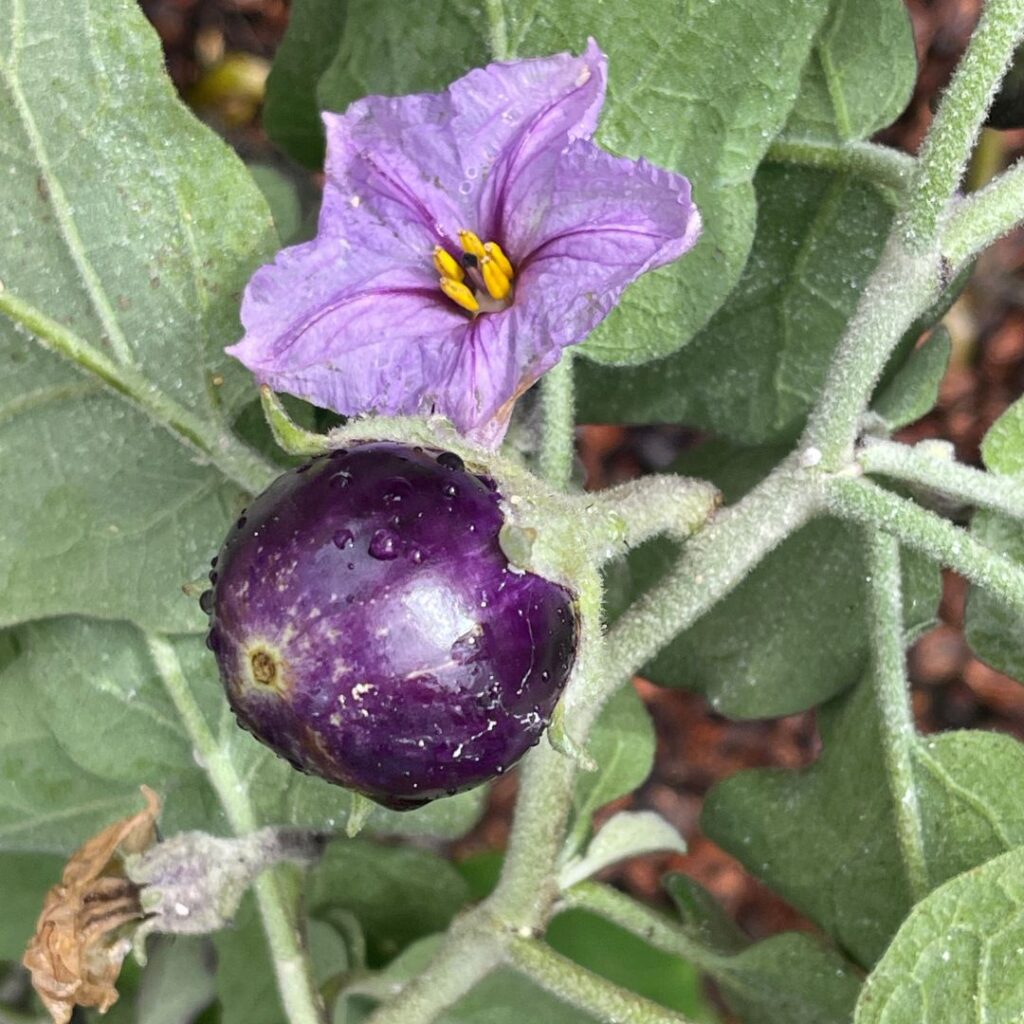
Taste Testing and Evaluating Garden Results
One of the best ways to decide which seeds to grow again is by conducting taste tests and evaluating your garden’s performance. Here’s how to do it:
Taste Testing:
Harvest produce from both heirloom and hybrid plants at their peak ripeness.
Prepare the produce in the same way (e.g., raw, roasted, or in a salad) to ensure a fair comparison.
Gather friends or family to participate in a blind taste test. Ask them to rate the flavor, texture, and overall appeal of each variety.
Take notes on which varieties are preferred and why. This will help you decide which seeds to prioritize in the future.
Evaluating Garden Results:
Yield: Compare the amount of produce harvested from heirloom and hybrid plants. Note which varieties performed best in terms of quantity.
Disease Resistance: Observe which plants were most resistant to pests and diseases. This is especially important if you’re growing in a challenging environment.
Growth Habits: Take note of how each plant grew. Did it require staking or trellising? Was it prone to bolting or other issues?
Adaptability: Consider how well each variety adapted to your specific climate and soil conditions.
By combining taste tests with a thorough evaluation of your garden’s performance, you can make informed decisions about which seeds to grow again. For example, you might find that an heirloom tomato has unbeatable flavor but requires extra care, while a hybrid cucumber offers high yields with minimal effort.
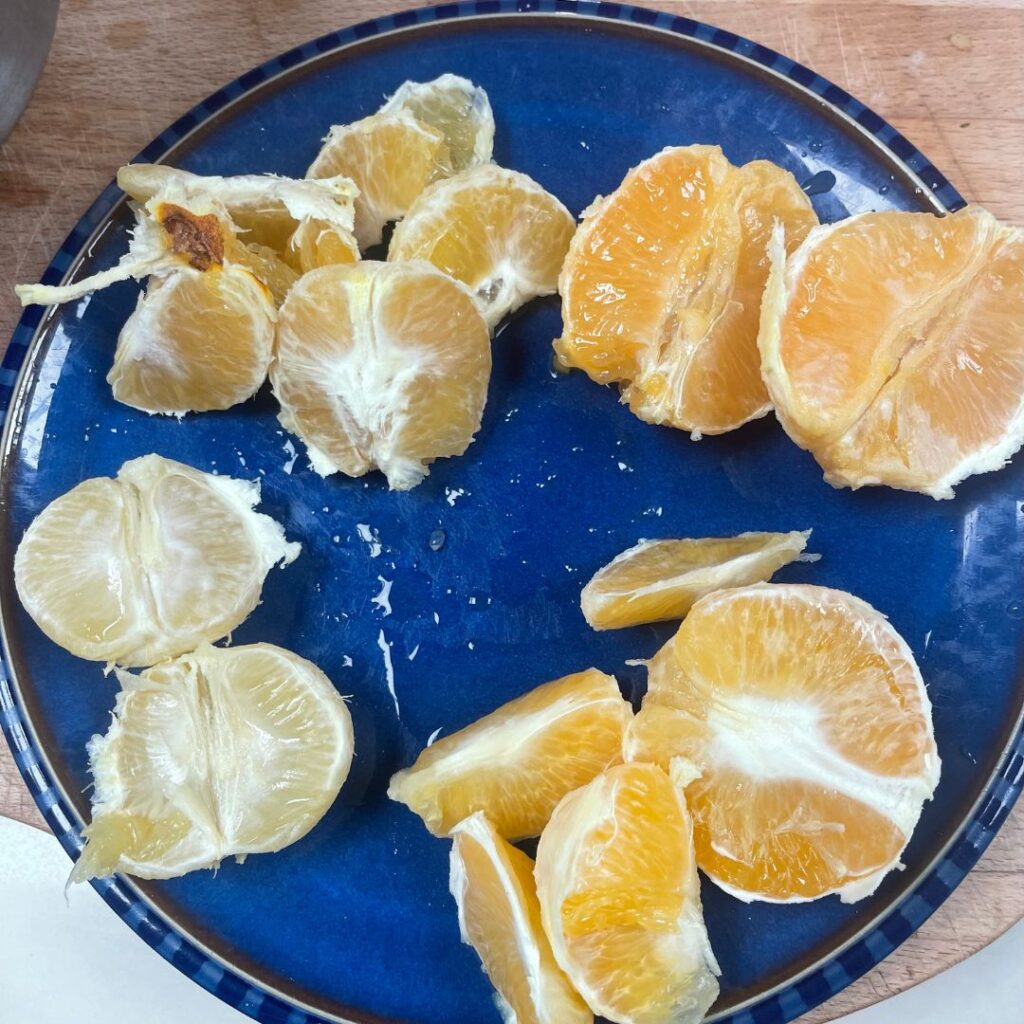
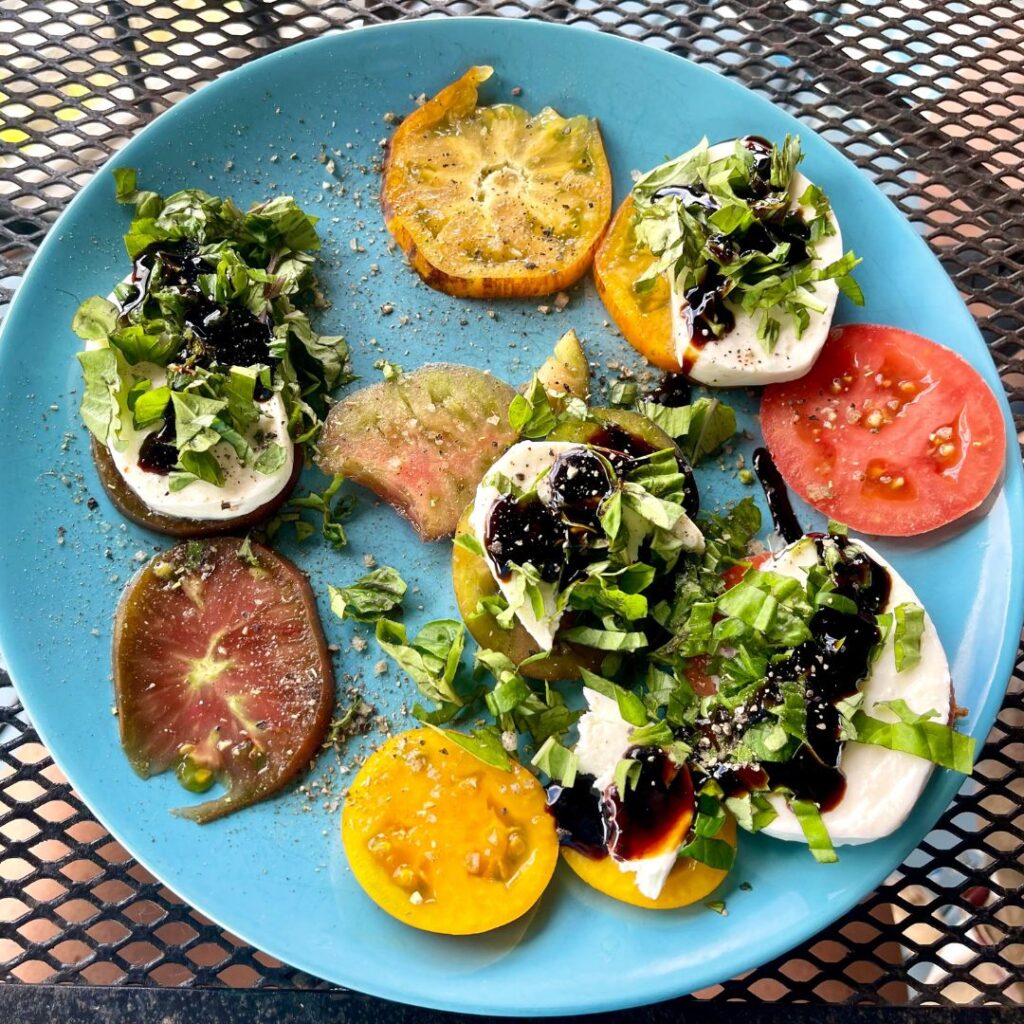
Final Thoughts on Choosing the Right Seeds
Choosing between heirloom and hybrid seeds ultimately comes down to your gardening goals, preferences, and the specific conditions of your garden. Heirloom seeds offer unparalleled flavor, historical significance, and the ability to save seeds for future generations, making them a favorite among gardeners who value tradition and biodiversity. On the other hand, hybrid seeds provide disease resistance, higher yields, and uniformity, which can be a game-changer for those dealing with limited space or challenging growing conditions.
The best approach is often a balanced one. Experiment with both heirloom and hybrid varieties to see what thrives in your garden and satisfies your taste buds. Conduct taste tests and evaluate your garden’s performance to make informed decisions about which seeds to grow again. Remember, gardening is a journey of discovery, and each season offers new opportunities to learn and grow.
Whether you’re drawn to the rich history of heirlooms or the reliability of hybrids, the most important thing is to enjoy the process. After all, there’s nothing quite like the satisfaction of harvesting your own homegrown produce, no matter which seeds you choose. Happy gardening!
Want more gardening inspiration? Join the Adventures in Botany Community and connect with fellow plant lovers! Follow us on, Instagram, TikTok, and YouTube for more gardening tips, DIY projects, and nature-inspired content.

